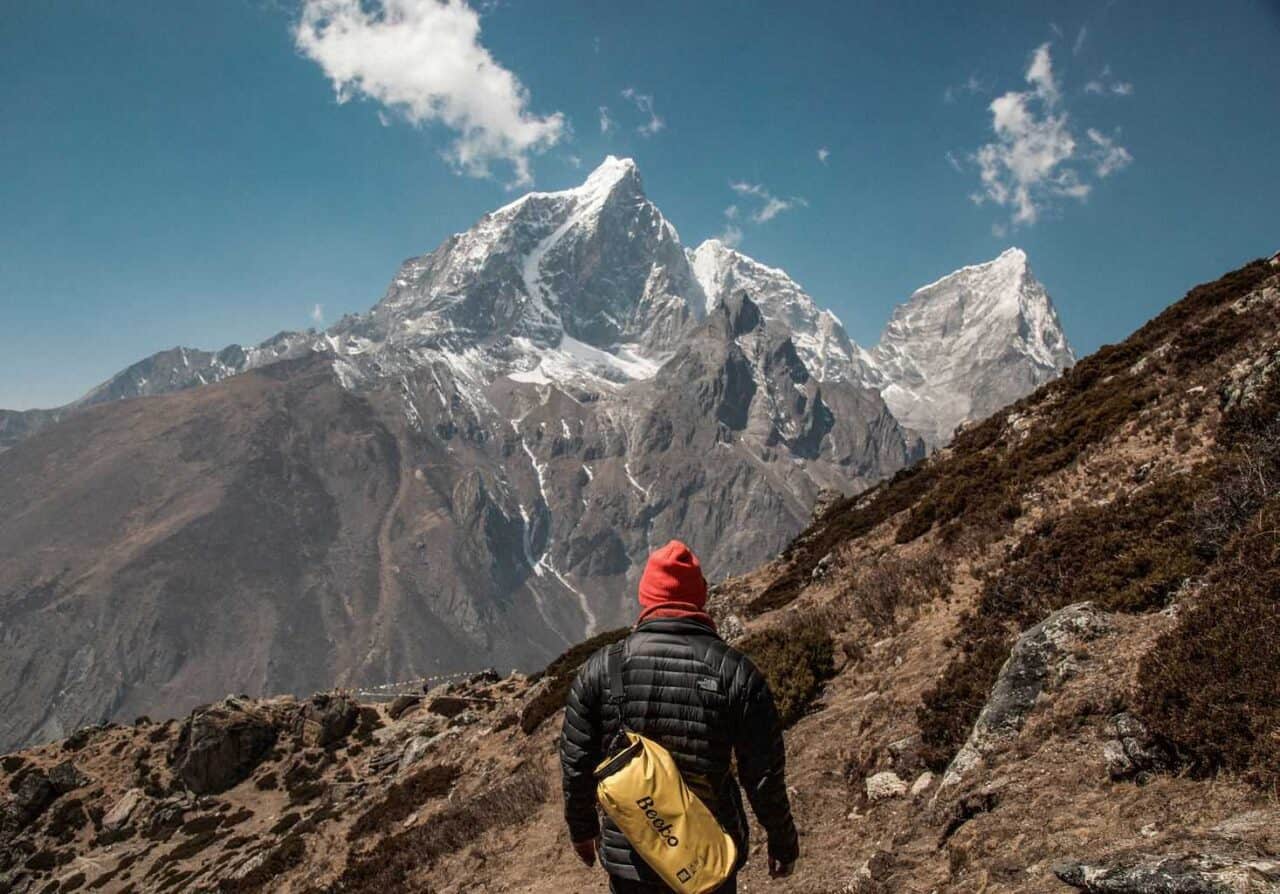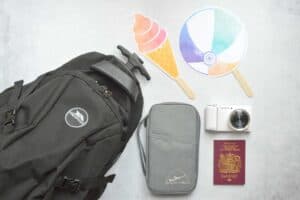In the history of Everest expeditions, it was the most dramatic and terrifying scenes I ever witnessed. Rocks were thrown everywhere, and the snow was so intense that it was almost hard to believe. It was an incredibly dangerous situation where if something went wrong you could end up dying. Even the world’s most celebrated mountaineers had given up to the horrifying blizzards crossing speeds of more than 160 kmph. These guys who had scaled the toughest mountains in the world were barely crawling their path.

The real feel!!!
I was at 21000 feet above sea level and in a bloody cold situation. I tried hard and probably my level best but unable to scale an inch due to various physical and medical reasons. Reeling under intense pain due to the frigid temperatures close to -40 degrees it appeared impossible.
On my way, I saw a Dutchman and an Australian woman who died of apparent altitude sickness while they went up the base camp. They had enough oxygen with them but with the tumultuous conditions underway they passed. This had a toll on my emotional state, and it led me to a state of exhaustion and hopelessness. But I fail to give up.
The Deadly path
With a success rate of just 29 per cent and with one in 10 dies to try doing it, attempting to scale the mighty peak at 29000 feet is a monumentally treacherous task given the best of circumstances.
The journey began with a 10-day hike to the base camp which is at 17000 feet. A daunting path ahead leads to four more camps at 26000 feet. It’s hard to explain anything through words. When you are above 18000 feet, the body begins to slow down and dehydrate. With limited resources its even harder to cope with the surrounding. Knives for camping are a must in this situation when you need to open food cans at high altitude.

The Dangers I overcame
I realised if I kept going, I wouldn’t be able to come back alive,” the 33-year-old Kuriki, who lost nine fingers to frostbite in a 2012 expedition is worth noting here. She was in the region about 8000 metres which are termed as the death zone because of the brutal weather and the thin air. With increasing height, every breath you take draws less oxygen to the lungs and the bloodstream. This was the toughest part of my expedition where I failed again and again. Every time I tried moving forward the killer winds pushed me back.
What should you have?
In my experience, I learned that there are things that you should be equipped with to be able to withstand the harshest conditions. Camping knife is one of the best multi-utility tools that I used on multiple occasions and came in handy while cutting or arranging ropes. A portable oxygen cylinder will always come handy in such occasions when you are at high altitude.
What I learnt in the process and what changed?
The most important learning I had in the process was that failure is not an end, and it is not necessarily a bad thing. We have been averse to risks as we live in a failure-tolerant society. People who have excellent career paths may not have ever stepped out of their comfort zones ever. It’s only after you give yourself opportunities to fail you realise there is more to you.
Previously every time I tried to scale the mammoth, I failed, but this times I was determined to make it through. In the end, you don’t have to be the best or fastest climber. You have to be relentless about putting one foot in front of another.”

Featured Article
Photo Credit: Christopher Burns Ananya Bilimale































No Comments